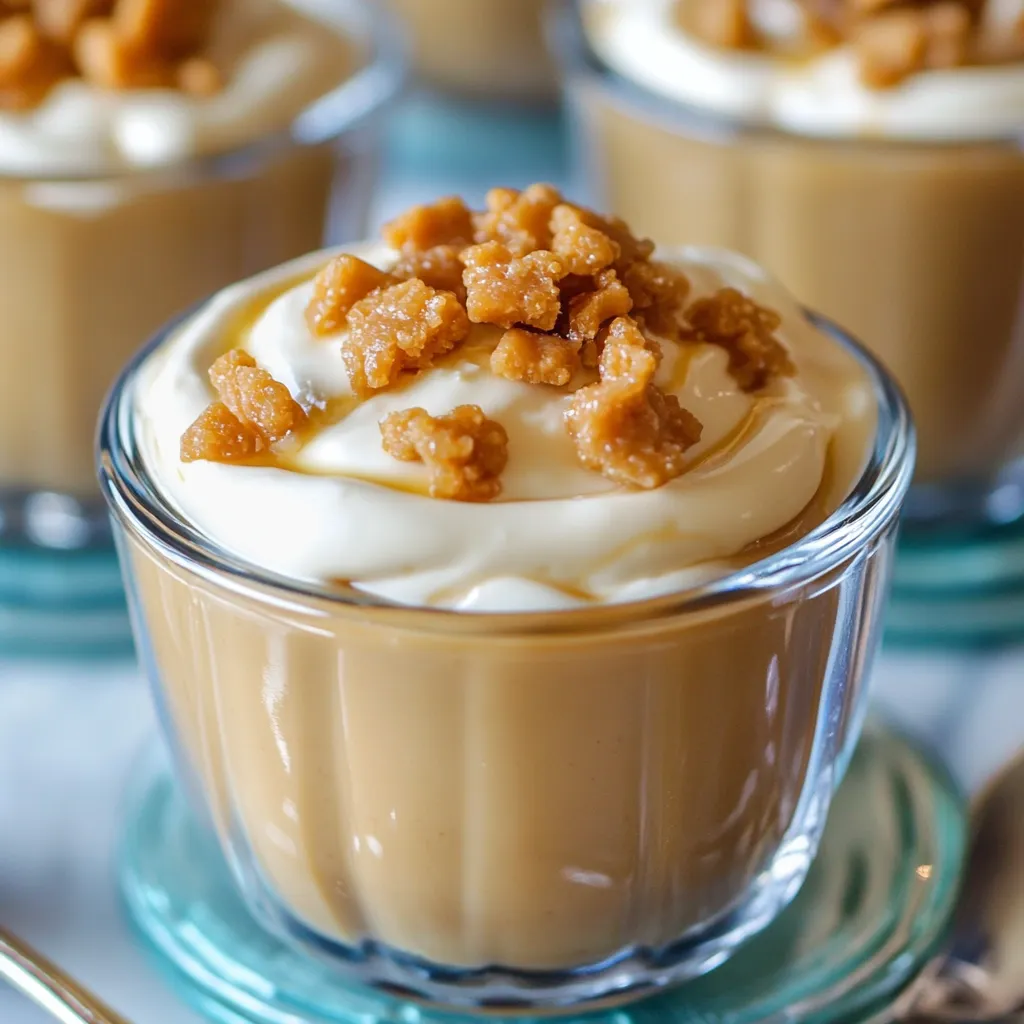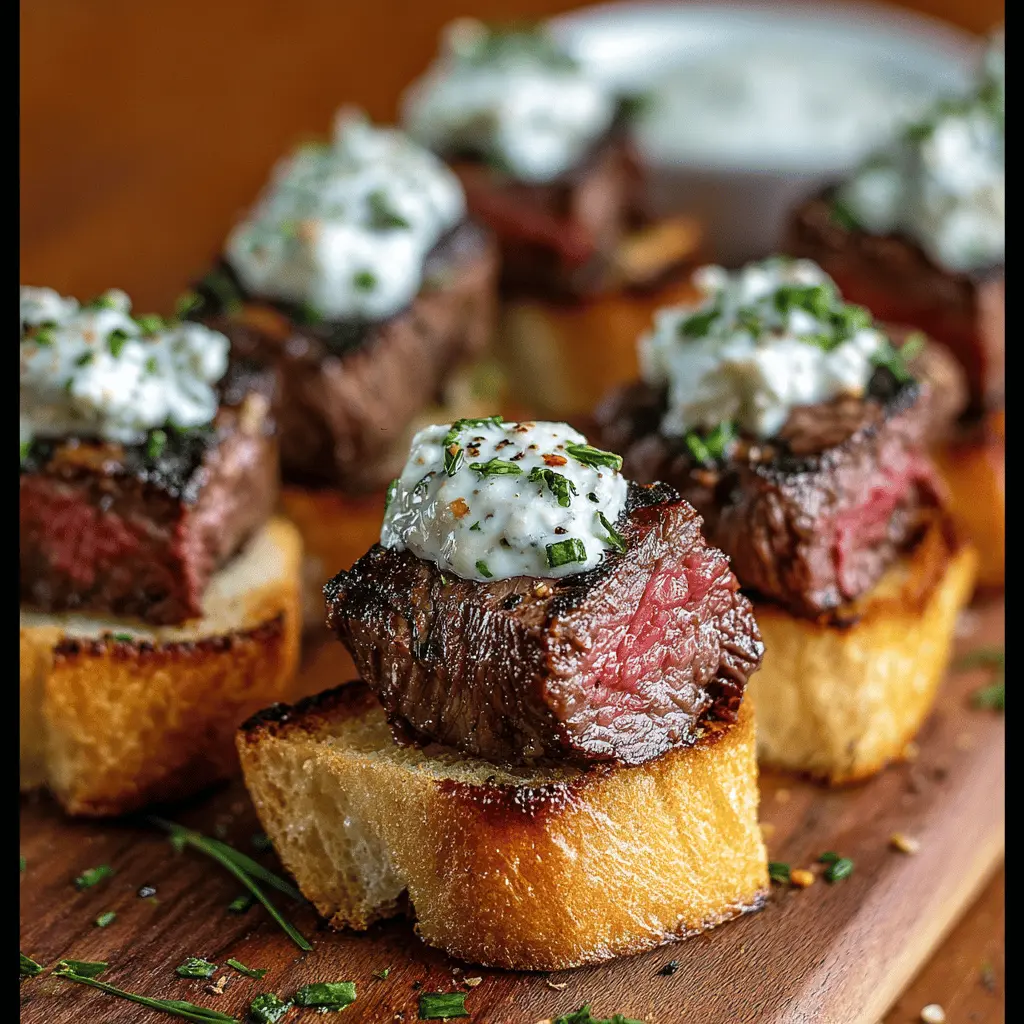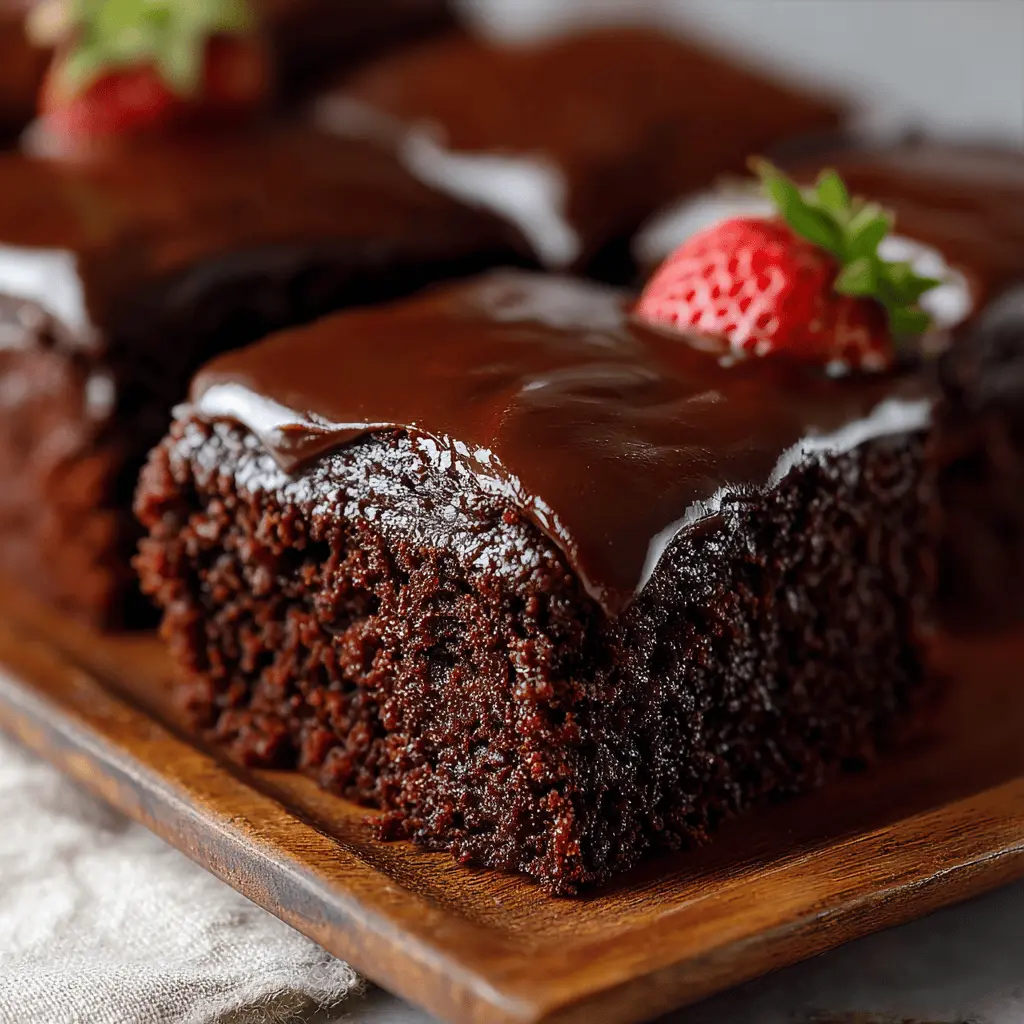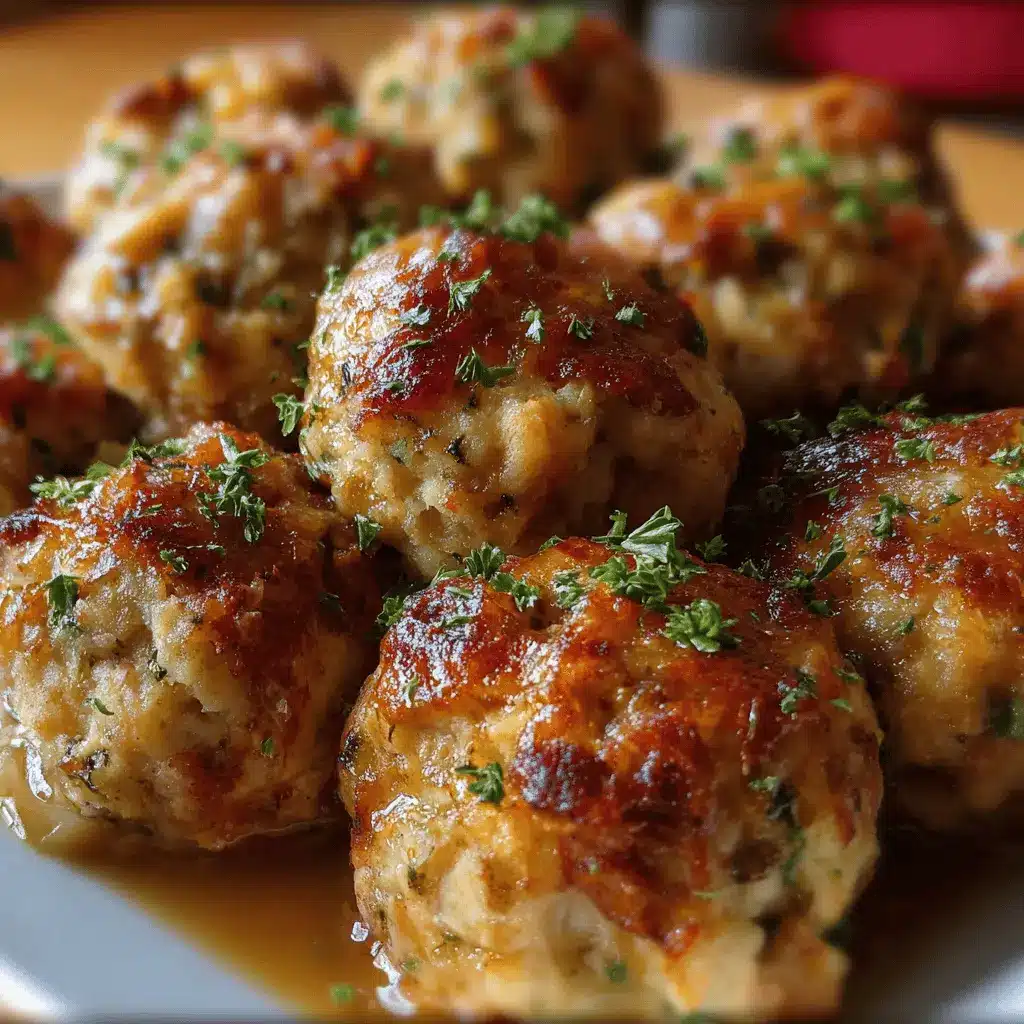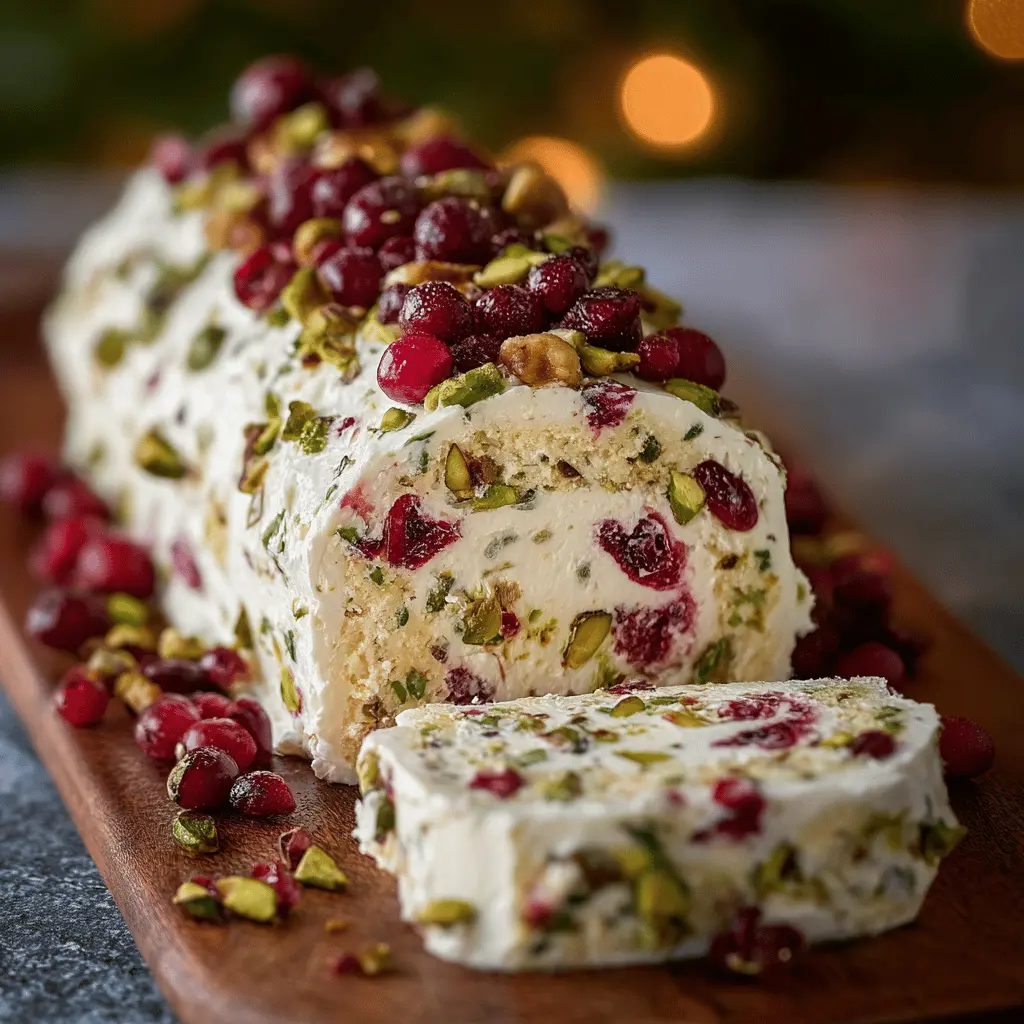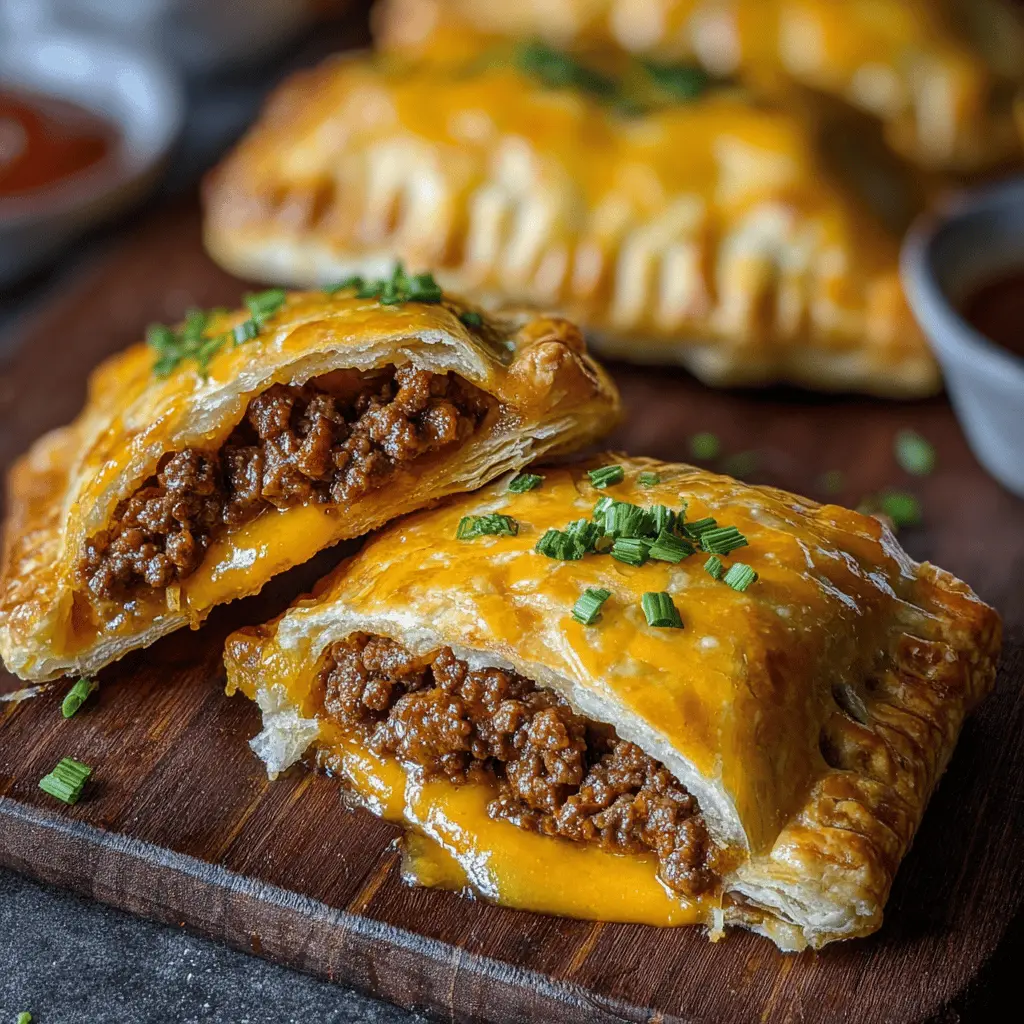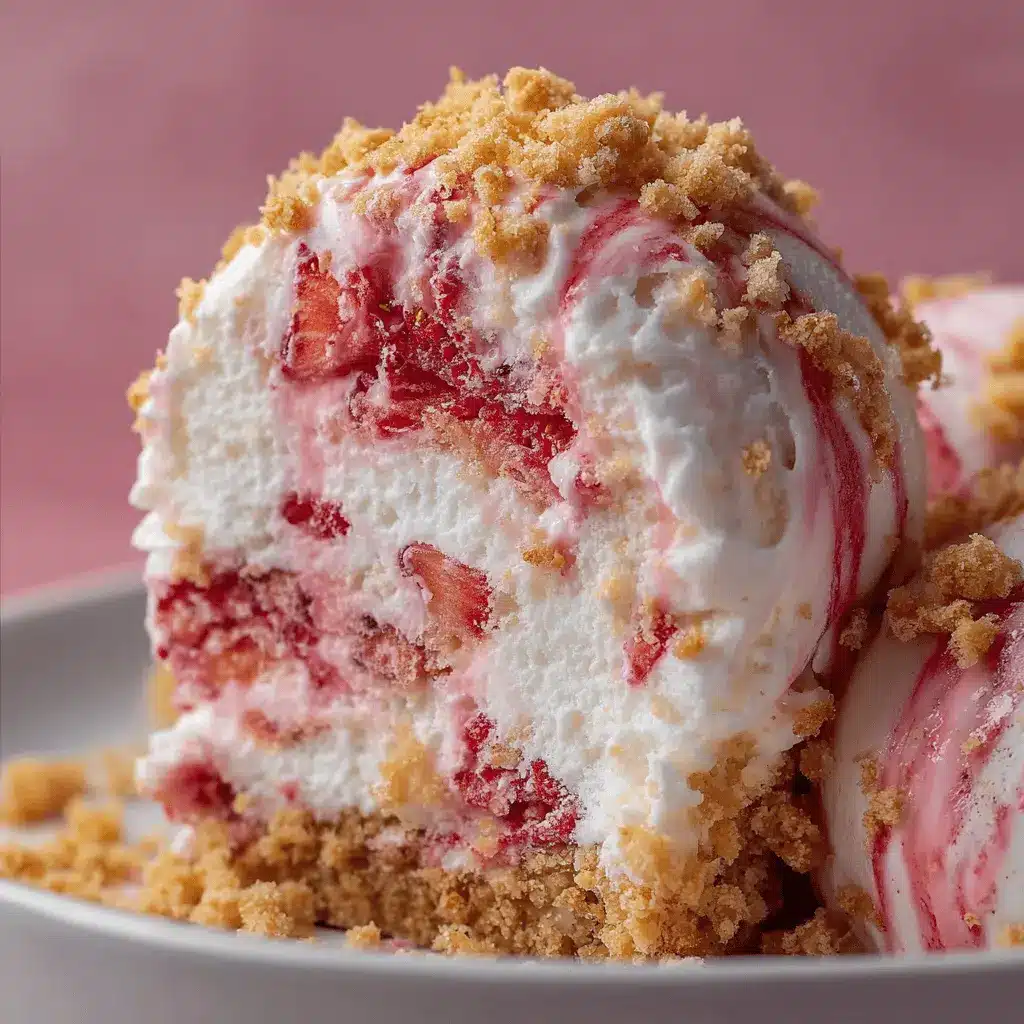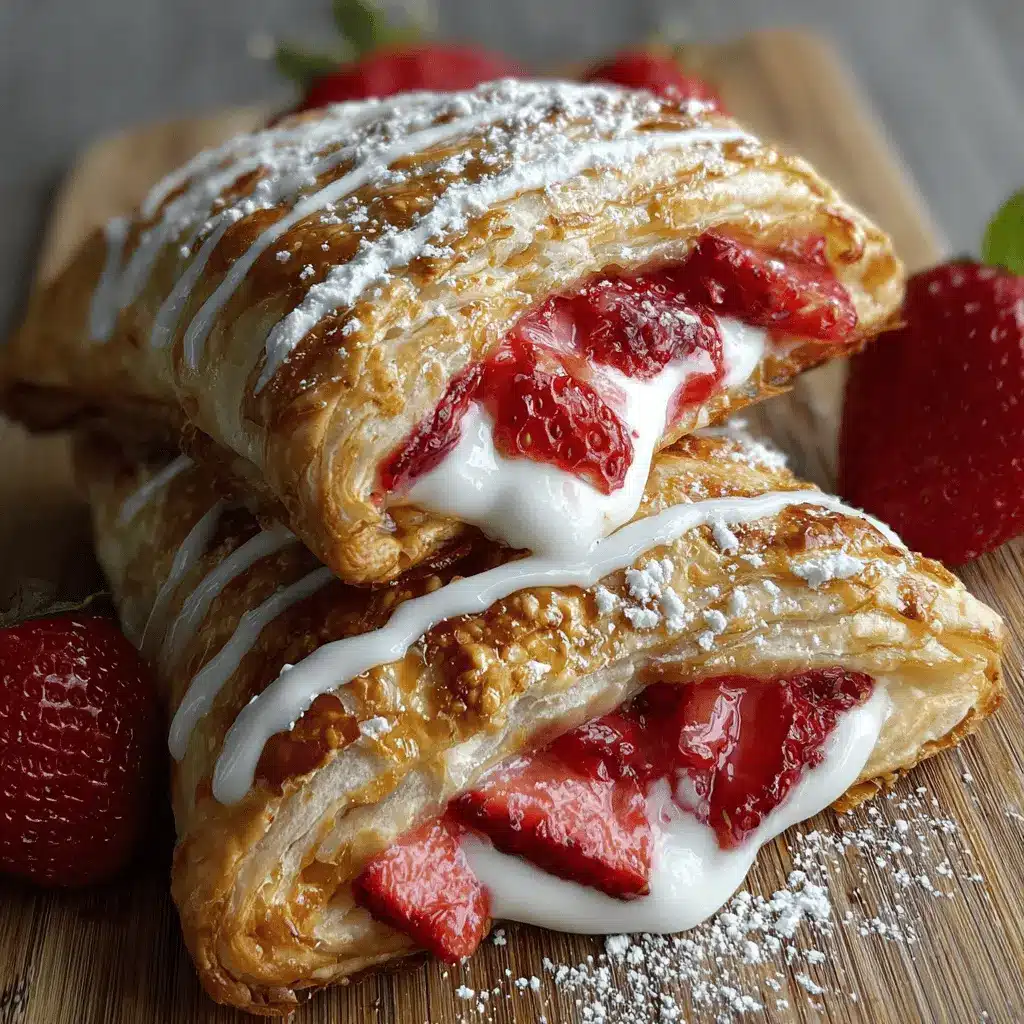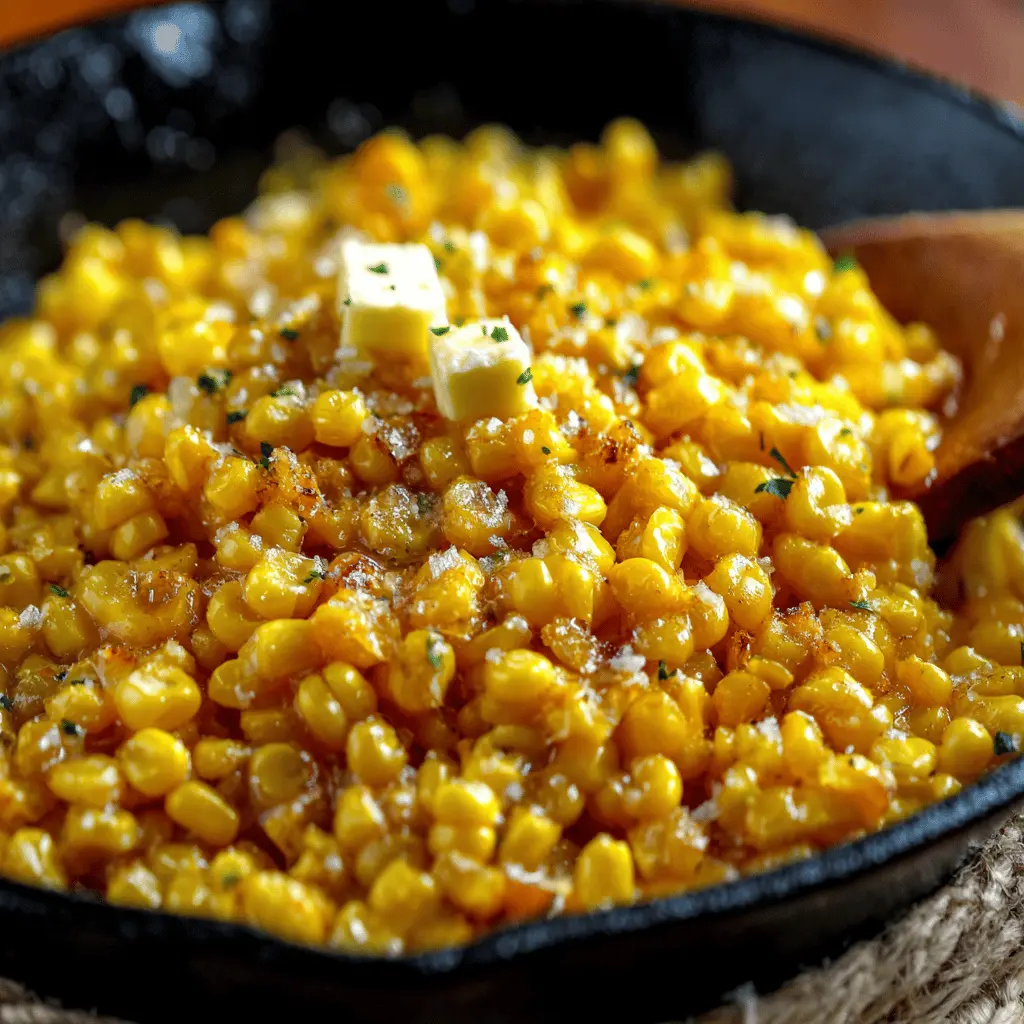If you’ve never made homemade butterscotch pudding before, get ready to surprise yourself. This recipe is everything you want in a cozy dessert—rich, velvety, and deeply flavored with real brown sugar and butter. And the best part? It’s easier than you think.
Whether you grew up on boxed pudding or you’re just craving something nostalgic and silky-smooth, this recipe is about to become your go-to. No complicated techniques, no hard-to-find ingredients—just a little stovetop magic and a lot of delicious payoff. If you’re new to homemade puddings, don’t worry. I’ll guide you through each step and share tips to make sure it turns out perfect every time.
Let’s dive in and make a dessert that tastes like something your grandmother would’ve made, only better.
Why You’ll Love This Recipe
Key Benefits
This pudding is a total game-changer. It’s made from simple, real ingredients but delivers a gourmet-level flavor that’s hard to beat. You’ll love:
-
The taste: Brown sugar and butter come together to create that deep, caramel-like butterscotch flavor.
-
The texture: Smooth, creamy, and just thick enough to hold its shape on a spoon.
-
The ease: No oven, no temperamental baking—just a saucepan and a whisk.
-
The make-ahead factor: It’s even better after chilling, which means you can prep it hours (or a day) ahead of serving.
This recipe is ideal for when you want a comfort dessert that feels like a hug in a bowl.
Suitable For
This recipe fits just about every occasion:
-
Weeknight treat: Quick to whip up after dinner.
-
Family gatherings: A nostalgic crowd-pleaser that appeals to all ages.
-
Holiday menus: Especially when topped with whipped cream or a sprinkle of flaky salt.
-
Beginner bakers: If you’ve never made pudding from scratch, this is the one to start with.
It’s also easy to adapt for dietary needs like vegetarian or even dairy-free with a few swaps (I’ll share those below).
Ingredients for Homemade Butterscotch Pudding
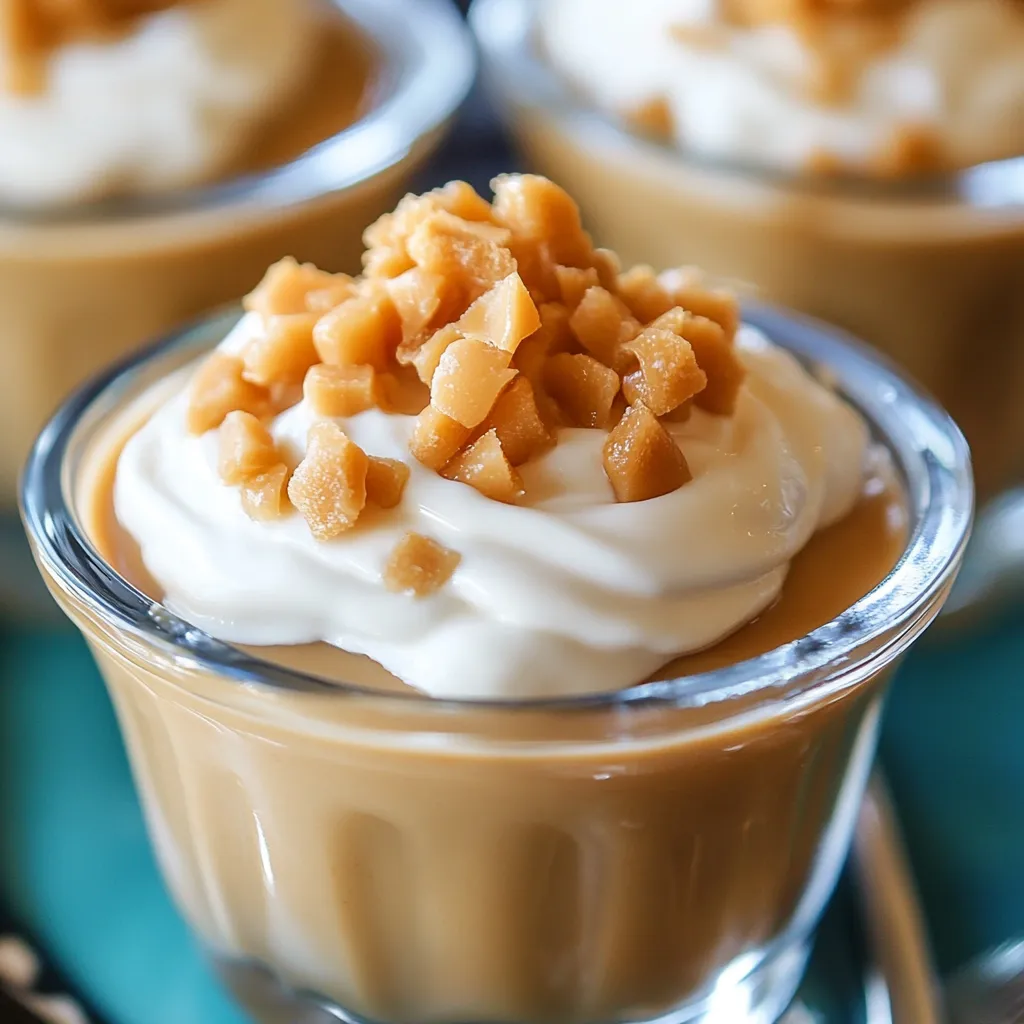
Core Ingredients
This recipe relies on pantry staples, which is part of what makes it so wonderful. Here’s what you’ll need and why each one matters:
-
Whole milk (2½ cups) – Gives the pudding its creamy texture without being too rich.
-
Cornstarch (3 tablespoons) – Acts as the thickening agent, so your pudding sets up just right.
-
Salt (¼ teaspoon) – A small amount that brings out all the deeper flavors.
-
Unsalted butter (½ cup or 1 stick) – The foundation of the butterscotch flavor; it adds richness and depth.
-
Packed light brown sugar (1 cup) – The heart of the recipe; it provides the signature butterscotch taste.
-
Large egg yolks (3) – These give the pudding its silky-smooth, custardy body.
-
Vanilla extract (1 teaspoon) – Rounds out the sweetness with warmth and aroma.
Each ingredient has a job, and together they create something special. It’s a simple lineup, but the results are anything but basic.
Substitutions and Tips
Here are a few smart swaps and tips if you need flexibility:
-
Milk: You can use 1 cup of heavy cream or half-and-half in place of part of the milk for a richer pudding.
-
Brown sugar: Light brown sugar gives a classic butterscotch taste. Use dark brown sugar if you want deeper molasses notes.
-
Butter: If you’re dairy-free, try a plant-based butter alternative—but make sure it has a mild flavor.
-
Eggs: Can’t do eggs? You can use extra cornstarch or even silken tofu for a vegan-friendly texture.
-
Vanilla: A high-quality extract really elevates the flavor here. Avoid imitation if possible.
Want to get fancy? Add a splash of bourbon or a pinch of cinnamon for a little twist. You can also top it with a dollop of whipped cream or a drizzle of caramel sauce if you’re feeling extra.
Best Brown Sugar for Butterscotch Pudding
Brown sugar is where the butterscotch magic begins. So choosing the right one makes a big difference.
-
Light brown sugar is the traditional choice. It gives that familiar, balanced flavor—sweet with just a hint of molasses.
-
Dark brown sugar brings a stronger molasses note and a slightly deeper color. Great if you love bold, old-fashioned flavors.
-
Mix both for a layered taste that adds complexity without overpowering the pudding.
Whatever you use, make sure it’s fresh and tightly packed when measuring. Dried-out sugar won’t melt down as well.
Kitchen Tools You’ll Need
Must-Have Tools
Nothing fancy here—just basic kitchen gear that makes the job easier:
-
Heavy-bottomed saucepan: Prevents scorching when you’re cooking the sugar and milk.
-
Whisk: A balloon whisk works best for smooth pudding and lump-free mixing.
-
Measuring cups and spoons: Accuracy matters with puddings, especially for the cornstarch.
-
Mixing bowls: One for the egg yolks and one for mixing the milk and cornstarch.
Nice-to-Have Tools
These aren’t required, but they’ll take your pudding game up a notch:
-
Fine mesh strainer: Catches any bits of cooked egg and ensures a perfectly silky texture.
-
Silicone spatula: Great for scraping down the pan so nothing sticks or burns.
-
Ramekins or dessert cups: For serving and presentation—because let’s be honest, it looks extra special in its own little dish.
How to Make Homemade Butterscotch Pudding
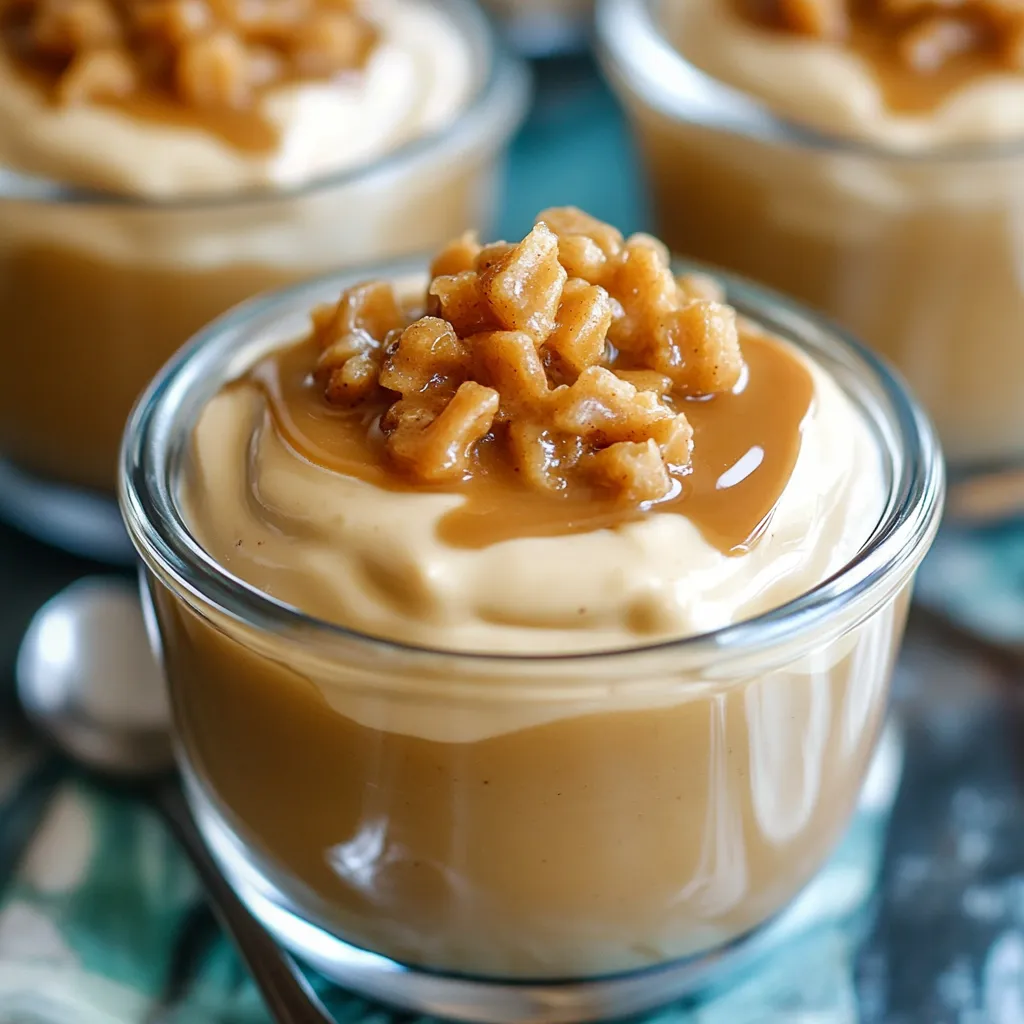
Now that we’ve got our ingredients and tools ready, let’s get to the fun part—making the pudding! This process is simple, comforting, and a little bit magical. Don’t worry if you’re new to making pudding from scratch. I’ll guide you through each step, just like a friend standing next to you in the kitchen.
Take your time, follow each step, and you’ll end up with the most deliciously smooth and buttery butterscotch pudding you’ve ever tasted.
Step 1: Melt the Butter and Sugar
Start by placing your butter in a medium heavy-bottomed saucepan over medium heat. Once it’s fully melted and foamy, stir in the brown sugar. Use a whisk or a spatula and stir continuously.
Let the mixture bubble gently for 3 to 5 minutes. You’re looking for it to become slightly thicker and darker—like liquid caramel. This step builds the base of that deep butterscotch flavor, so don’t rush it. Just keep the heat steady and stir to prevent burning.
Step 2: Mix the Cornstarch and Milk
While the sugar mixture is bubbling, grab a small bowl and whisk together 1 cup of your milk, the cornstarch, and salt until completely smooth. There should be no lumps—this will help your pudding thicken beautifully.
This slurry is going to go into your butter-sugar mixture next, so have it ready to go.
Step 3: Combine and Cook
Now, slowly pour your milk-cornstarch mixture into the saucepan with the bubbling sugar and butter, whisking constantly as you go. Don’t dump it in all at once—gradual is key here to keep everything smooth and well combined.
Once it’s all mixed, pour in the remaining 1½ cups of milk and keep stirring. Cook over medium heat, stirring constantly, until the mixture thickens and starts to bubble. This usually takes about 5 to 7 minutes.
You’ll know it’s ready when it feels thick like a custard and coats the back of a spoon.
Step 4: Temper the Egg Yolks
This part might sound fancy, but don’t stress—it’s easier than it sounds. You’re just going to slowly introduce some heat to the egg yolks so they don’t scramble when added to the hot pudding.
Whisk the egg yolks in a separate bowl. Then, using a spoon or ladle, add a few spoonfuls of the hot pudding mixture into the yolks very slowly while whisking constantly. This warms them up gently.
Once you’ve added about half a cup of hot mixture into the yolks and they’re smooth and warm, pour that yolk mixture back into the pot, whisking as you go.
Step 5: Finish Cooking
With the yolks added, return the pan to the stove. Cook the pudding for another 2 minutes, stirring constantly. It should now be thick, glossy, and totally irresistible.
When it’s done, remove it from the heat.
Step 6: Stir in the Vanilla and Chill
Off the heat, stir in the vanilla extract. This is your finishing touch—it balances the sweetness and adds a warm, familiar aroma.
Pour the pudding into your ramekins or serving dishes. Press a piece of plastic wrap directly onto the surface of each one. This helps prevent that thick “skin” from forming on top.
Place them in the fridge and chill for at least 2 hours, though overnight is even better.
Tips for Success
Making pudding isn’t hard, but a few thoughtful tips will make your results even better:
-
Whisk constantly: This keeps the pudding silky and lump-free.
-
Use a heavy-bottomed pan: It helps distribute heat evenly and prevents scorching.
-
Temper those yolks carefully: It’s the key to avoiding scrambled eggs in your pudding.
-
Don’t rush the chill time: The pudding thickens and develops flavor as it sets.
Want to make it fancy? Serve it with whipped cream, a sprinkle of sea salt, or crushed toffee bits on top.
How to Store Homemade Butterscotch Pudding
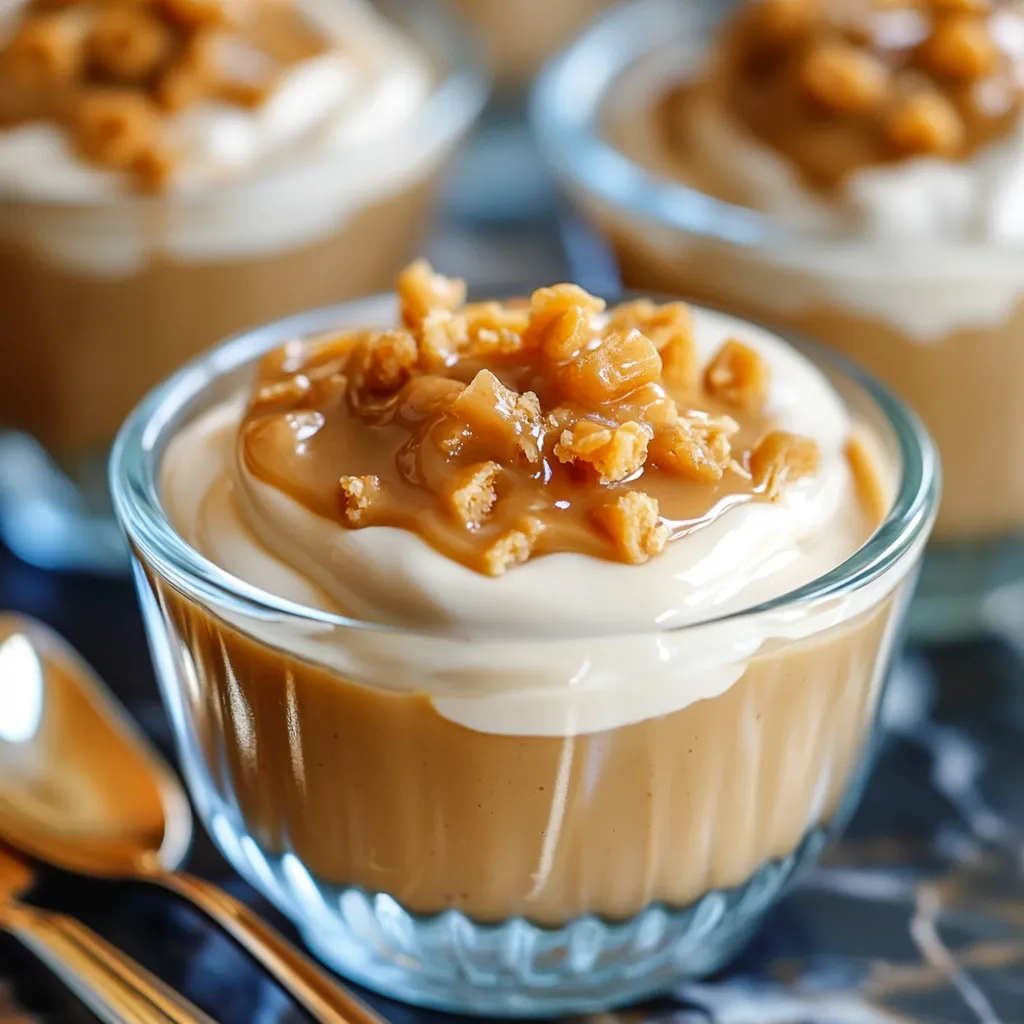
This pudding is perfect for making ahead, and storing it properly ensures it stays as delicious as when you first made it.
At Room Temperature
Because it contains milk and eggs, it’s not safe to leave this pudding out for long. After cooking, it should be cooled and chilled within two hours.
In the Refrigerator
Once chilled, keep the pudding in the refrigerator covered tightly—either with plastic wrap on the surface or in airtight containers. It will stay fresh for up to 4 days. The flavor actually gets even better after a day in the fridge.
Freezing Tips
Yes, you can freeze pudding—but with some care. Spoon it into freezer-safe containers and press plastic wrap against the surface. Freeze for up to 1 month.
When you’re ready to enjoy it, thaw overnight in the fridge and give it a good stir before serving. The texture might be a little softer, but the flavor will still be spot-on.
Frequently Asked Questions (FAQs)
Can I make butterscotch pudding without eggs?
Yes, you can. Use an extra tablespoon of cornstarch in place of the egg yolks. It won’t be quite as rich, but the pudding will still set and taste delicious.
What’s the difference between caramel and butterscotch?
Caramel is made with white sugar, while butterscotch uses brown sugar and butter. That’s what gives butterscotch its deeper, slightly molasses flavor.
Can I use dairy-free milk?
Absolutely. The best dairy-free options are full-fat oat milk or canned coconut milk—they’ll give you that rich, creamy texture. Just avoid thinner milks like rice or almond unless you combine them with something creamier.
Why is my pudding grainy?
Graininess usually means the eggs got too hot too fast. Next time, temper them more slowly or strain the pudding through a fine mesh sieve before chilling.
Related Recipes
If you loved this homemade butterscotch pudding recipe, you might enjoy these cozy sweet treats:
-
Kentucky Butter Cake: Moist and buttery with a rich glaze, perfect for pairing with pudding.
-
Pineapple Upside Down Cupcakes: Fruity and nostalgic, just like this pudding.
-
Lemon Raspberry Cupcakes: Tart and sweet with a burst of berry flavor.
-
Old-Fashioned Bread Pudding: Another classic custard-based comfort dessert.
Conclusion
There’s something truly special about a dessert that feels both nostalgic and luxurious, and homemade butterscotch pudding checks every box. It’s the kind of recipe that warms you up from the inside out—comforting, creamy, and completely satisfying.
So go ahead—whip up a batch for your next dinner, holiday, or just because you deserve something sweet. And don’t forget to share it with someone you love (or keep it all for yourself—I won’t tell).
Print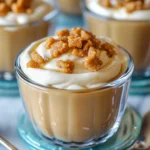
Homemade Butterscotch Pudding
- Total Time: 25 minutes + 2 hrs chilling
- Yield: 4 servings
- Diet: Vegetarian
Description
This homemade butterscotch pudding is rich, creamy, and incredibly comforting. Made with brown sugar, butter, and egg yolks, it’s an easy stovetop dessert that delivers a nostalgic flavor with a silky texture.
Ingredients
- 2 ½ cups whole milk
- 3 tbsp cornstarch
- ¼ tsp salt
- ½ cup unsalted butter
- 1 cup packed light brown sugar
- 3 large egg yolks
- 1 tsp vanilla extract
Instructions
- In a saucepan, melt butter over medium heat and stir in brown sugar. Cook until bubbly and golden, 3–5 minutes.
- In a bowl, whisk 1 cup milk with cornstarch and salt until smooth.
- Slowly whisk the milk mixture into the sugar-butter base. Add remaining milk and cook until thickened, 5–7 minutes.
- Temper egg yolks with a bit of hot pudding, then whisk back into the saucepan.
- Cook 2 more minutes, stirring constantly. Remove from heat and stir in vanilla.
- Pour into dishes, cover with plastic wrap touching the surface, and refrigerate for at least 2 hours.
Notes
- Use dark brown sugar for deeper flavor.
- Substitute half-and-half for milk for extra richness.
- Strain pudding before chilling for the smoothest texture.
- Prep Time: 10 minutes
- Cook Time: 15 minutes
- Category: Dessert
- Method: Stovetop
- Cuisine: American
Nutrition
- Serving Size: 1 cup
- Calories: 320
- Sugar: 28g
- Sodium: 160mg
- Fat: 20g
- Saturated Fat: 12g
- Unsaturated Fat: 6g
- Trans Fat: 0g
- Carbohydrates: 32g
- Fiber: 0g
- Protein: 4g
- Cholesterol: 135mg

